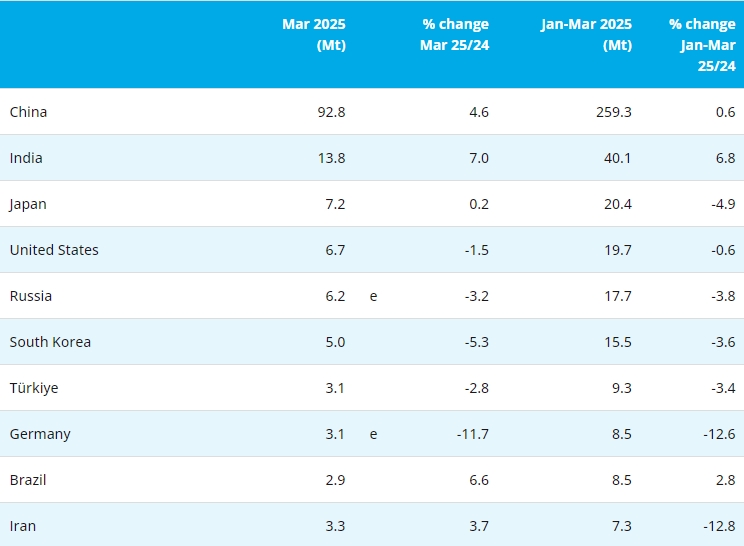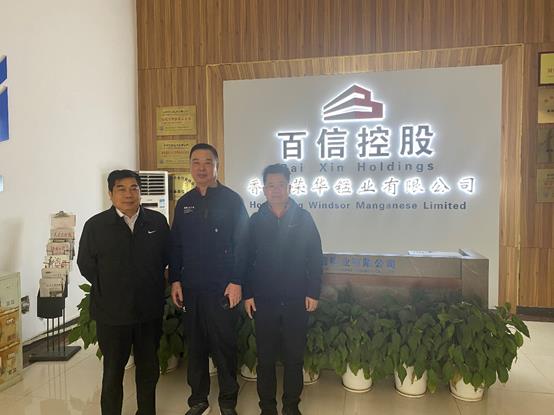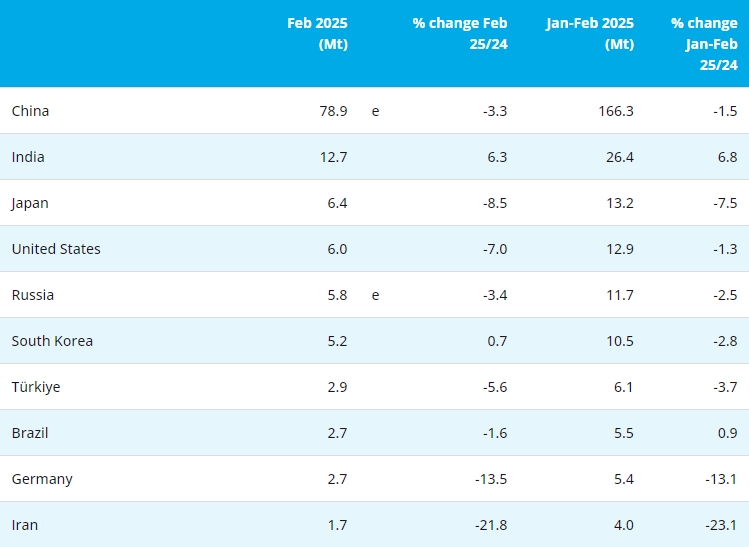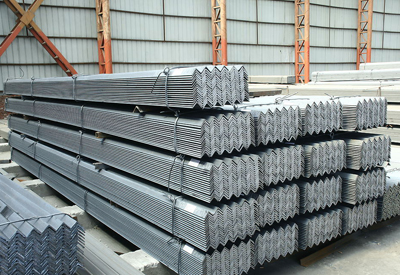[ferro-alloys.com]Everyone loses if Donald Trump shifts the focus of his trade war to the World Trade Organization. But a new analysis of global trade in more than 5,000 commodities shows some of the world’s poorest countries would suffer most.
In recent days, the president has broadened his anti-China trade tirades to the “unfair” WTO, which he has called “great for China and terrible for the United States.” It’s unlikely Trump’s rhetoric will bring the WTO crashing down, but we can see how a doomsday scenario could unfold.
As international trade referee, the WTO is the main obstacle between the global economy and what international trade economist Peri da Silva and his collaborators estimate would be a crushing 32-percentage-point average jump in global tariff levels.
A rogue actor can undermine the whole system
Last month, Trump used a national-security provision of the U.S. Trade Expansion Act of 1962 to restrict steel and aluminum imports. This month, he used an investigation based on the U.S. Trade Act of 1974 to propose tariffs on $50 billion in goods from China. Days later, he threatened tariffs on an additional $100 billion of Chinese products.
China promised to retaliate in kind, but has typically paid lip service to the WTO dispute-resolution system.
By acting outside the WTO, Trump increases the risk that other economies will do the same, undermining the organization’s authority and effectiveness.
A tendency toward tariffs puts the weakest at risk
Without the WTO, da Silva says, countries would use their market power to raise tariffs as high as markets would bear — not unlike corporations setting prices in a competitive market.
This would disrupt intricate global supply chains and force companies to pay more for imported raw materials and other goods. At the same time, international markets would shrink as trade partners throw up retaliatory tariffs. Meanwhile, consumers get less bang for their buck as prices rise in accordance with the tariffs.
The protectionist plague won’t hit all countries and industries equally. We know that because da Silva, a professor at Kansas State University, and fellow trade economists Alessandro Nicita of the United Nations Conference on Trade and Development and Marcelo Olarreaga of the University of Geneva created a detailed model of each country’s relative market power, based on the characteristics and quantities of the 5,000-plus goods they trade with more than 120 partners.
For a coming paper in the Journal of Political Economy, they calculated the leverage each country had over each commodity, given their partners, circumstances and share of the market. The United States happens to have unusual market power over ceramic building bricks, chicory and certain specialized steel products, while China could flex its muscles over certain tungsten products, silk ties or preserved pineapple.
Haiti, still rebuilding from the 2010 earthquake and 2016’s Hurricane Matthew, lacks almost any market power and depends heavily on trade with powerful partners such as the United States. It needs the American market and has little access to alternatives. In a cruel, rational world, it might face tariffs as high as 97 percent. The same goes for other Central American and Caribbean nations, as well as America’s NAFTA partners.
The United States is well built for a trade war. It can cause a lot of damage to trade partners should it pursue an aggressive America-first policy. It has the size and economic independence to withstand significant retaliation. But that doesn’t mean that trade wars are easy to win — despite what the president says.
“In principle, you could win,” da Silva said, “but from our measures you clearly don’t have anybody powerful enough.”
The European Union ranks above the United States as the most powerful entity in the academics’ model, and China combines its market clout with an authoritarian government that gives it the resources to subsidize threatened domestic industries while freeing it from the need to answer to voters.
When each country exploits its full advantage, the United States would face about 30 percent tariffs, the E.U. would face 36 percent and China would face 39.5 percent. That’s about a tenfold increase from the current relatively negligible tariffs of around 3 to 4 percent.
Poor and trade-dependent countries such as Sri Lanka, Zimbabwe and Ethiopia would be hit even worse.
These countries have been the beneficiary of the WTO — arguably even more than China — and would suffer most from its failure, facing tariffs of above 50 percent.

- [Editor:王可]



 Save
Save Print
Print Daily News
Daily News Research
Research Magazine
Magazine Company Database
Company Database Customized Database
Customized Database Conferences
Conferences Advertisement
Advertisement Trade
Trade














 Online inquiry
Online inquiry Contact
Contact

Tell Us What You Think